A kick in the shins.
As a physiotherapist and a runner who has been plagued by shin splints over a number of years, I have developed a particular interest in treating this difficult condition. I hope some of the advice might be useful.
What causes MTSS?
There is no, one definitive answer to this question. Theories range from inflammation of the periosteum to avulsion injuries from attachments of tendon onto the bone and overuse tendonitis of tibialis posterior and the foot flexors.
Studies have shown certain factors can increase risk of athletes in developing MTSS.
- Women are more at risk than men (? Effect of oestrogen on bone formation)
- Less than 5 years running experience.
- Increased body mass index
- Overpronation of the foot.
- Poor stability around the hip joints.
- Previous history of MTSS
The nature of shin splints, most often can be captured in four words:
too much, too soon!!
Prevention
As with all running injuries, prevention is definitely better than cure.
If you are fairly new to running try to increase your distances gradually. Studies suggest no more than 10% a week and run shorter distances if you are working on speed or hills.
Warm up well before running and do some simple stretches after your run.
Don’t run every day in the early stages or when returning after injury. Have at least one days rest in between runs and for experienced runners, allow at least one rest day a week.
Make sure you replace your trainers on a regular basis. Most manufacturers quote around 300 – 500 miles.
Doing some strength work to help with lower limb biomechanics on your rest days may also help (see exercise section below).
Management.
MTSS can be a particularly stubborn condition and can often be fairly resistant to any intervention except rest from the aggravating activities.
However, in my experience the following can often be helpful.
- Reduce the intensity of training
In mild cases of MTSS, it may be enough to reduce distance, speed or terrain to allow for symptoms to settle. Reducing stride length and increasing cadence may also help. In more persistent cases complete rest may be advised as continued loading may result in stress fracture. In this case it is best to get professional advice from a physiotherapist or your GP.
- Ice
Apply an ice pack over a damp cloth over the area of pain for 10 minutes after training, or use an ice cube wrapped in a paper towel and massage over the painful area for a few minutes
- Physiotherapy
Physiotherapists will use a combination of treatments to reduce pain including massage, acupuncture, electrotherapy, taping, exercise prescription and advice on running style and possible need for orthotics.
- Massage
Local sports massage and use of a foam roller to massage along the calf and medial aspect of the shin can often reduce pain.
- Compression sleeves
Although somewhat controversial, there is some research which suggests that wearing compression sleeves can enhance recovery and reduce DOMS after exercise. In my own experience, I have found wearing compression sleeves has significantly reduced my incidence of shin pain.
- Trainers / Orthotics
In runners with excessive amounts of pronation, changing to trainers with more torsional stability or prescription of orthotics by a podiatrist may help to resolve symptoms.
Exercises
With all exercises work at a level that is comfortable for you, don’t push into pain and if in doubt consult your physiotherapist.
1. Toe scrunches – Scrunch up a piece of paper, hold 5 seconds, repeat 5 times.
2. Single leg bridging – Lift pelvis off floor, try to keep it as level as possible as you lift one leg. Hold 10 seconds and repeat 5 times on each leg.
3. ‘Jane Fonda’ – Lie on your side and keeping your hips facing forward, lift top leg as high as possible. Hold 10 seconds and repeat 10 times.
4. Clam and reverse clam. Hold each for 10 seconds and repeat up to 10 times.
5. Heel drops – with the balls of your feet on the edge of a step – raise up onto your toes and then lower down slowly. Repeat 10 times.
6. Runners touch – Stand in a runners position with supporting knee slightly bent. Lean forward to touch the ground with the opposite hand. Return to upright position. Repeat 10 times – ideally without putting your foot down inbeween.
References
Craig, Debbie I. “Medial Tibial Stress Syndrome: Evidence-Based Prevention.”Journal of Athletic Training 43.3 (2008): 316–318.
Hill, Jessica, Glyn Howatson,Ken van Someren, Jonathan Leeder,Charles Pedlar, ‘Compression garments and recovery from exercise-induced muscle damage: a meta-analysis’,Br J Sports Med bjsports-2013
Heil, B. ‘Lower limb biomechanics related to lower limb injuries’. Physiotherapy, June 1992, vol78, no 6
Moen, Maarten Hendrik et al. “The Treatment of Medial Tibial Stress Syndrome in Athletes; a Randomized Clinical Trial.” Sports Medicine, Arthroscopy, Rehabilitation, Therapy & Technology: SMARTT 4 (2012): 12. PMC. Web. 3 May 2015.
Newman, Phil et al. “Risk Factors Associated with Medial Tibial Stress Syndrome in Runners: A Systematic Review and Meta-Analysis.” Open Access Journal of Sports Medicine 4 (2013): 229–241. PMC. Web. 3 May 2015.
Nike Inc (1988). ‘Athletic shoe cushioning’, Sport Research Review, SeptlOct. 1-4
Van Gent RN, Siem D, Van Middelkoop M, van Os AG, Bierma-Zeinstra SM, Koes BW. Incidence and determinants of lower extremity running injuries in long distance runners: a systematic review. British Journal of Sports Medicine 2007;41(8):469-80.
Yeung SS, Yeung EW, Gillespie LD. Interventions for preventing lower limb soft-tissue running injuries. Cochrane Database of Systematic Reviews 2011, Issue 7. Art. No.: CD001256. DOI: 10.1002/14651858.CD001256.pub2.
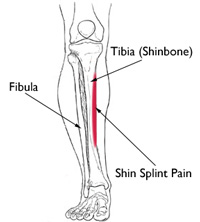
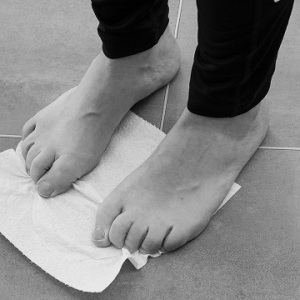
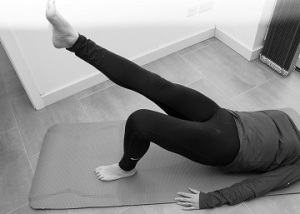
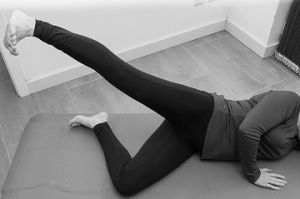
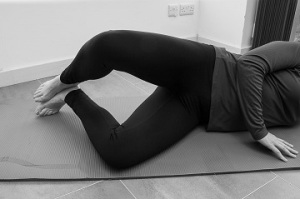
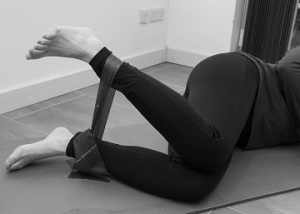
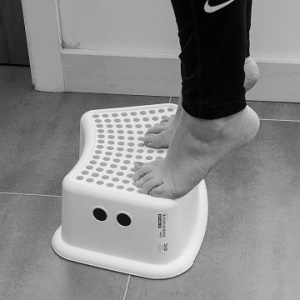
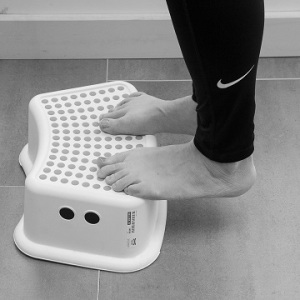
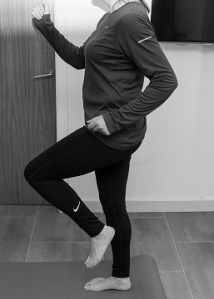
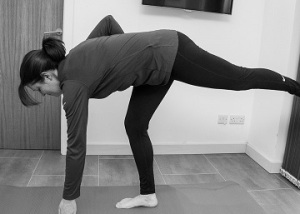
Great article Siobhan. Will print off and put up in the staff room.
Looks like the running is going pretty well too.
Go girl!
Love to your boys
Jo x
Excellent Article. I’ve been lucky enough in the past to never have lower leg pain until recently. These exercises as well as reducing BMI should hopefully get me back on track.